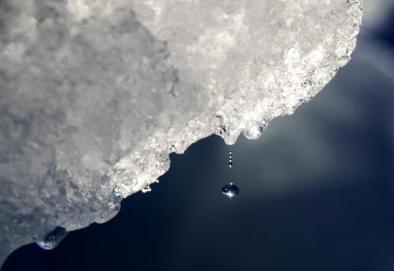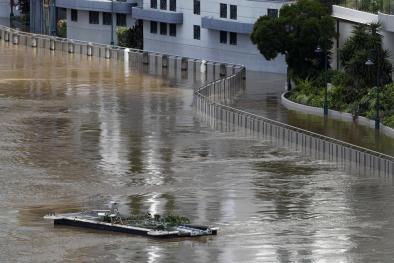Science Source
Increasing risk of great floods in a changing climate
- States the detection of anthropogenically forced changes in flooding is difficult because of the substantial natural variability; the dependence of streamflow trends on flow regime, further complicates the issue
- Investigates the changes in risk of great floods—that is, floods with discharges exceeding 100-year levels from basins larger than 200,000 km2—using both streamflow measurements and numerical simulations of the anthropogenic climate change associated with greenhouse gases and direct radiative effects of sulphate aerosols
- Finds that the frequency of great floods increased substantially during the twentieth century
- States the emergence of a statistically significant positive trend in risk of great floods is consistent with results from the climate model, and the model suggests that the trend will continue
Related Content
Headline

Apr 3, 2022 | AP
Fire and rain: West to get more one-two extreme climate hits
Headline

Mar 21, 2022 | Climate Nexus Hot News
Heatwaves At Poles; Drought, Floods, Hurricanes Everywhere In Between
Science Source
| Scientific Reports
Turbidity and fecal indicator bacteria in recreational marine waters increase following the 2018 Woolsey Fire
Marisol Cira, Anisha Bafna, Christine M. Lee et al
Headline

Mar 3, 2022 | Climate Nexus Hot News
Massive Floods Submerge Eastern Australia


